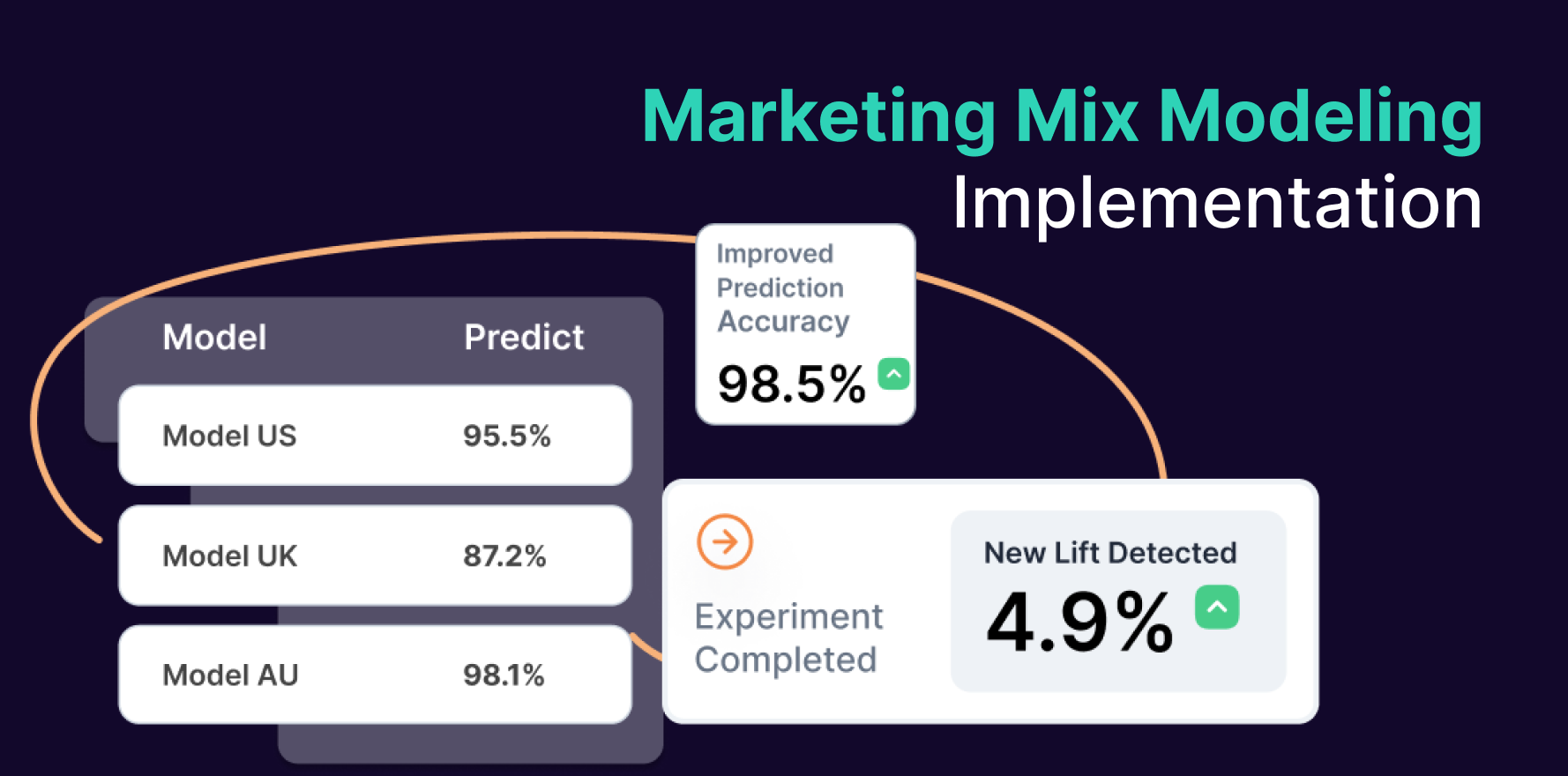
In the fast-paced world of marketing and advertising, understanding your financial metrics is crucial for making informed decisions and optimizing your strategies. One key metric that often gets overlooked in favor of flashier numbers is average revenue. However, this simple yet powerful figure can provide valuable insights into your business performance and guide your marketing efforts. In this guide, we’ll dive deep into the world of average revenue, exploring what it is, how to calculate it, and most importantly, how to use it to supercharge your marketing campaigns.
What is Average Revenue?
Before we jump into the calculations, let’s define what we mean by average revenue:
Average revenue is the mean amount of money generated per unit sold or per customer over a specific period. It gives you a quick snapshot of how much revenue you’re typically generating from each sale or customer.
For marketers and advertisers, understanding average revenue is crucial because it helps in:
- Evaluating the overall effectiveness of your marketing campaigns
- Setting realistic revenue targets
- Comparing performance across different products, services, or time periods
- Identifying opportunities for upselling or cross-selling
- Determining appropriate customer acquisition costs
The Basic Formula for Average Revenue
The formula for calculating average revenue is straightforward:
Average Revenue = Total Revenue / Number of Units Sold (or Number of Customers)
Depending on your business model and what you’re measuring, you might calculate average revenue per unit sold or average revenue per customer.
Step-by-Step Guide to Calculating Average Revenue
Let’s break down the process of calculating average revenue with a practical example relevant to marketing and advertising professionals. Understanding this concept can help businesses optimize their strategies and make money online or offline by improving ad performance and revenue streams.
Step 1: Determine Your Timeframe
First, decide on the period for which you want to calculate average revenue. This could be:
- Daily
- Weekly
- Monthly
- Quarterly
- Annually
For this example, let’s use monthly data.
Step 2: Gather Your Data
You’ll need two key pieces of information:
- Total revenue for the chosen period
- Number of units sold or number of customers (depending on what you’re measuring)
Let’s say you’re running a digital marketing agency, and for the past month:
- Total Revenue: $100,000
- Number of Clients Served: 20
Step 3: Apply the Average Revenue Formula
Now, let’s plug these numbers into our formula:
Average Revenue = $100,000 / 20 = $5,000
This means that, on average, each client generated $5,000 in revenue for your agency last month.
Interpreting Average Revenue in Marketing Contexts
Now that we’ve calculated average revenue, what does this mean for your marketing and advertising strategies?
- Campaign Effectiveness: If your average revenue increases after a marketing campaign, it suggests the campaign was effective in attracting higher-value clients or encouraging larger purchases.
- Client Segmentation: By calculating average revenue for different client segments, you can identify your most valuable clients and tailor your marketing efforts accordingly.
- Pricing Strategies: Average revenue can help you assess the impact of pricing changes on overall revenue.
- Service Offering Optimization: By comparing average revenue across different services, you can decide which ones to focus on in your marketing efforts.
- Customer Acquisition Planning: Knowing your average revenue helps determine how much you can afford to spend on acquiring new customers while remaining profitable.
Real-World Applications in Marketing and Advertising
Let’s explore some specific scenarios where calculating average revenue can inform your marketing decisions:
1. Evaluating the Impact of a New Marketing Campaign
Scenario: You’ve just launched a new social media campaign aimed at attracting higher-value clients.
Before the campaign:
- Monthly Revenue: $80,000
- Number of Clients: 20
- Average Revenue: $4,000 per client
After the campaign:
- Monthly Revenue: $110,000
- Number of Clients: 22
- Average Revenue: $5,000 per client
The increase in average revenue from $4,000 to $5,000 per client suggests that the campaign was successful in attracting higher-value clients. This insight can guide future marketing efforts and budget allocations.
2. Comparing Performance Across Different Market Segments
Scenario: Your agency serves both B2B and B2C clients, and you want to determine which segment to focus on.
B2B Segment:
- Monthly Revenue: $60,000
- Number of Clients: 10
- Average Revenue: $6,000 per client
B2C Segment:
- Monthly Revenue: $40,000
- Number of Clients: 20
- Average Revenue: $2,000 per client
The higher average revenue in the B2B segment might suggest allocating more resources to B2B marketing efforts, or it might indicate an opportunity to develop strategies to increase the value of B2C clients.
3. Assessing the Impact of a New Pricing Strategy
Scenario: You’ve introduced a new tiered pricing model for your services.
Before new pricing:
- Monthly Revenue: $90,000
- Number of Clients: 30
- Average Revenue: $3,000 per client
After new pricing:
- Monthly Revenue: $105,000
- Number of Clients: 28
- Average Revenue: $3,750 per client
The increase in average revenue despite a slight decrease in client numbers suggests that the new pricing strategy is effective in generating more revenue per client. This information can help you refine your pricing and marketing messages going forward.
Advanced Considerations in Average Revenue Calculations
As you become more comfortable with basic average revenue calculations, consider these advanced concepts:
1. Weighted Average Revenue
When dealing with multiple products or services with varying prices, a weighted average revenue calculation can provide a more accurate picture:
Weighted Average Revenue = (Revenue Product A * Units Sold A + Revenue Product B * Units Sold B) / Total Units Sold
This approach gives more weight to products or services that sell in higher volumes.
2. Average Revenue Over Time
Tracking average revenue over time can reveal important trends:
- Is your average revenue increasing, decreasing, or staying stable?
- Are there seasonal fluctuations in average revenue?
- How do marketing initiatives impact average revenue over time?
Creating a time series graph of average revenue can visually highlight these trends.
3. Cohort Analysis
Calculating average revenue for different customer cohorts (groups of customers acquired at the same time) can provide insights into:
- The long-term value of customers acquired through different marketing channels
- How customer value changes over time
- The effectiveness of retention strategies
4. Average Revenue Per User (ARPU)
For subscription-based or freemium business models, ARPU is a crucial metric:
ARPU = Total Revenue / Total Number of Users (including non-paying users)
This metric helps assess the overall monetization of your user base, including free users.
Common Pitfalls to Avoid
When working with average revenue in marketing contexts, watch out for these common mistakes:
- Ignoring Distribution: An average can be skewed by outliers. Always look at the distribution of revenue across customers or units.
- Neglecting Costs: While average revenue is useful, it doesn’t account for costs. Always consider profitability alongside revenue.
- Over-relying on Averages: Averages can hide important segments or trends. Use average revenue as a starting point for deeper analysis.
- Failing to Segment: Calculating only overall average revenue might miss important differences between customer segments or product lines.
- Inconsistent Time Periods: Ensure you’re comparing average revenue over consistent time periods to avoid seasonal or cyclical distortions.
Tools for Average Revenue Analysis
Several tools can assist you in calculating and analyzing average revenue:
- Spreadsheet Software: Excel or Google Sheets are excellent for basic calculations and creating visual representations of your data.
- Business Intelligence Platforms: Tools like Tableau, Power BI, or Looker can help you create dynamic dashboards to track average revenue over time and across segments.
- CRM Systems: Platforms like Salesforce or HubSpot often have built-in reporting features for revenue metrics.
- Marketing Analytics Tools: Solutions like Google Analytics or Mixpanel can help you tie average revenue to specific marketing channels or campaigns.
- Custom Dashboards: Many agencies develop custom dashboards that integrate data from various sources to calculate and display average revenue metrics alongside other KPIs.
Leveraging Average Revenue in Your Marketing Strategy
Understanding and effectively using average revenue calculations can significantly enhance your marketing and advertising decision-making processes. Here’s how you can leverage this metric:
- Refine Target Audience: Focus your marketing efforts on segments with higher average revenue.
- Optimize Marketing Spend: Allocate more budget to channels or campaigns that attract higher-value customers.
- Develop Upselling Strategies: If average revenue is lower than desired, develop marketing strategies to encourage larger purchases or additional services.
- Improve Customer Retention: Since acquiring new customers is often more expensive than retaining existing ones, use average revenue data to justify investments in customer retention marketing.
- Set Realistic Goals: Use historical average revenue data to set achievable targets for new marketing initiatives.
- Pricing Decisions: Understand how price changes might impact your average revenue and overall business performance.
- Competitor Analysis: Compare your average revenue to industry benchmarks to identify areas for improvement or competitive advantages.
Conclusion: Making Average Revenue Work for You
Average revenue might seem like a simple metric, but its implications for your marketing strategy are profound. By regularly calculating and analyzing your average revenue, you gain valuable insights into your business performance, customer behavior, and the effectiveness of your marketing efforts.
Remember, while average revenue is a powerful tool, it should be used in conjunction with other metrics and considerations. Factors like customer acquisition cost, customer lifetime value, and overall profitability all play crucial roles in a comprehensive marketing strategy.
As you continue to refine your approach to calculating and applying average revenue insights, you’ll develop a more nuanced understanding of your business and your customers. This knowledge will empower you to create more targeted, effective marketing campaigns that not only drive sales but also maximize the value of each customer relationship.
So, the next time you’re planning a marketing campaign, considering a new target audience, or evaluating the success of your advertising efforts, take a moment to calculate and consider your average revenue. It might just provide the insight you need to take your marketing strategy to the next level!
Free essential resources for success
Discover more from Lifesight
















